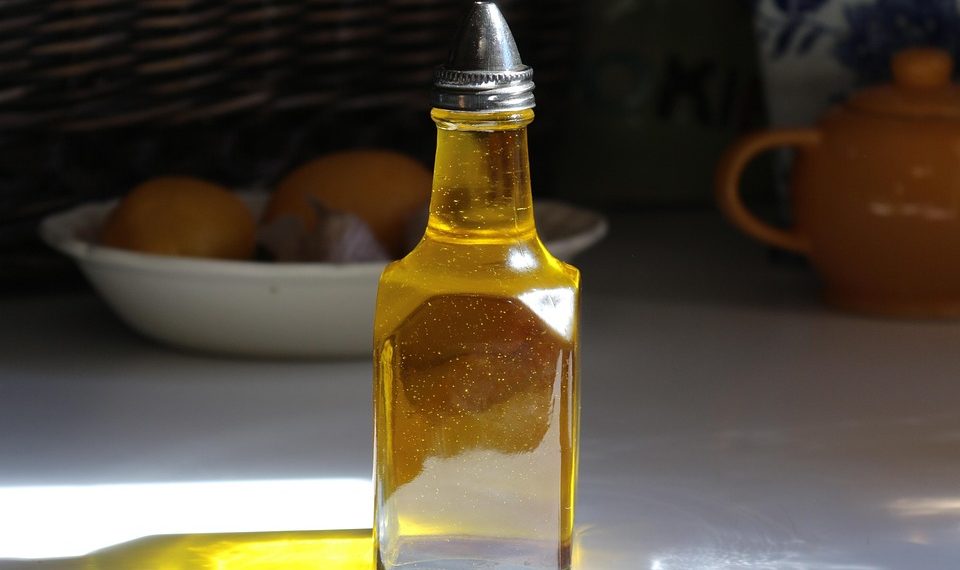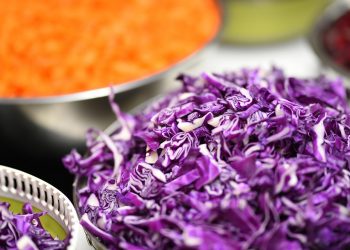Did you know that the foods you eat can profoundly influence your gut health? Let’s talk about one ingredient that often flies under the radar but deserves some attention: olive oil. Not just for drizzling on salads or dipping bread, extra virgin olive oil (EVOO) has some impressive benefits for your gut. So, why not make it part of your everyday meals in creative ways? Let’s dive into five delicious options to spice up your diet while enhancing your gut health.
Contents
1. Brighten Up Your Salads
The Power of Salad Dressings
Salads can sometimes be a dull affair, but they don’t have to be. Incorporating EVOO into your salad dressings not only enhances flavor but also aids digestion. Olive oil is rich in healthy fats, which can help your body absorb fat-soluble vitamins like A, D, E, and K.
How to Make a Tasty Dressing
-
Ingredients:
- 3 tablespoons extra virgin olive oil
- 1 tablespoon balsamic vinegar (or lemon juice)
- 1 teaspoon Dijon mustard
- Salt and pepper to taste
-
Instructions: Combine all ingredients in a jar, shake well, and drizzle over your favorite salad.
By using EVOO as your base, you’re not just making your salad more delicious; you’re also introducing compounds like oleocanthal, which has anti-inflammatory properties. Research suggests that these benefits may extend to gut health, aiding in the maintenance of a balanced microbiome (Bach-Faig et al., 2011).
Pros & Cons
Pros: Easy to make, customizable, and packed with flavor.
Cons: Some people may find the taste of olive oil too strong or oily.
2. Drizzle Over Roasted Vegetables
The Joy of Roasting
Roasted veggies are a classic side dish, and drizzling them with EVOO can turn a simple vegetable medley into a delicious, flavor-packed dish. Olive oil not only adds taste but also helps with the absorption of nutrients.
Recipe Idea
-
Ingredients:
- 2 cups mixed vegetables (like bell peppers, zucchini, and carrots)
- 2 tablespoons extra virgin olive oil
- Salt, pepper, and your choice of herbs (like rosemary or thyme)
-
Instructions: Preheat your oven to 425°F (220°C). Toss the veggies with olive oil, seasonings, and roast for about 25-30 minutes.
This preparation allows beneficial compounds to develop as the vegetables caramelize, enhancing their natural sugars and flavors. Plus, the fiber boosts gut health too!
Pros & Cons
Pros: Simple to prepare, enhances flavor, and provides fiber.
Cons: Requires an oven, and some veggies may lose nutrients through cooking.
3. Sauté with Olive Oil
Cooking with Olive Oil
When it comes to cooking, sautéing vegetables in EVOO is a quick and easy way to incorporate this beneficial oil into your meals. This method retains many nutrients while adding depth to your dishes.
Sautéed Spinach Recipe
-
Ingredients:
- 2 cups fresh spinach
- 2 tablespoons extra virgin olive oil
- 2 cloves garlic, minced
- A pinch of red pepper flakes
-
Instructions: In a skillet, heat olive oil over medium heat. Add garlic and red pepper flakes, sauté for about 30 seconds, then add spinach. Cook until wilted, about 2-3 minutes.
Spinach is a fantastic source of fiber and antioxidants, which, combined with olive oil, makes for a gut-friendly dish.
Pros & Cons
Pros: Quick, flavorful, and packed with nutrients.
Cons: May not be suitable for those who are sensitive to garlic.
4. Use in Dips and Spreads
Getting Creative with Snacks
Dips are a great way to enjoy healthy snacks, and using olive oil can enhance the flavor and health benefits. Think of classics like hummus, tzatziki, or even a simple olive oil dip for bread.
Hummus Recipe
-
Ingredients:
- 1 can chickpeas, drained
- 2 tablespoons tahini
- 2 tablespoons lemon juice
- 2 tablespoons extra virgin olive oil
- Salt and garlic to taste
-
Instructions: Blend all ingredients in a food processor until smooth. Adjust seasoning as needed.
Hummus is rich in fiber, which promotes gut health, while the olive oil adds healthy fats and flavor, making it a win-win!
Pros & Cons
Pros: Versatile, can be made in advance, and is packed with nutrients.
Cons: Some people may be allergic to chickpeas or sesame.
5. Enjoy with Fresh Bread
The Classic Combo
Let’s be real—nothing beats the classic pairing of fresh bread with olive oil. But instead of just dipping, consider making it a part of your meal routine.
Infused Olive Oil
-
Ingredients:
- 1 cup extra virgin olive oil
- Fresh herbs (like basil, rosemary, or oregano)
- Optional: chili flakes
-
Instructions: Combine olive oil and herbs in a small bowl. Let it sit for a few hours to infuse.
Drizzle this infused oil over bread or use it as a dip. The flavors are fantastic, and the digestive benefits of olive oil make it even better.
Pros & Cons
Pros: Simple, flavorful, and a crowd-pleaser.
Cons: Higher in calories if consumed in large amounts, and bread may not fit all dietary plans.
FAQs
1. How does olive oil specifically benefit gut health?
Olive oil is rich in monounsaturated fats and antioxidants. These components help maintain a balanced microbiome, reduce inflammation, and may protect against digestive issues.
2. Can I use regular olive oil instead of extra virgin?
While regular olive oil is still healthy, extra virgin olive oil is less processed and retains more beneficial compounds, making it a better choice for gut health.
3. How much olive oil should I incorporate in my diet?
Moderation is key! A daily intake of 1–2 tablespoons is generally recommended for health benefits, but individual needs may vary.
4. Are there any side effects of consuming olive oil?
Generally, olive oil is safe for most people. However, excessive consumption may lead to weight gain due to its high-caloric content.
Conclusion
Incorporating extra virgin olive oil into your diet is a delicious and practical way to boost your gut health. Whether it’s through salad dressings, sautéed vegetables, or even as a dip for bread, the benefits are numerous and varied. While research is ongoing, studies suggest that a Mediterranean diet rich in olive oil and fiber is linked to better gut health (Esposito et al., 2015). So, give these methods a try and enjoy the myriad of flavors while caring for your gut.
Remember, the journey to better health doesn’t have to be boring—let’s make it tasty!
This article is for educational purposes only and is not a substitute for professional medical advice. Always consult a qualified healthcare provider before making changes to your health routine.
References
-
Bach-Faig, A., Bawadi, H. A., & Carrasco, J. (2011). Mediterranean diet pyramid: A cultural symbol of Mediterranean countries. Public Health Nutrition, 14(12), 2205-2212. https://doi.org/10.1017/S1368980011002034
-
Esposito, K., Maiorino, M. I., & Giugliano, D. (2015). The effects of a Mediterranean diet on metabolic diseases. Current Diabetes Reports, 15(9), 1-7. https://doi.org/10.1007/s11892-015-0664-1
-
Mayo Clinic. (n.d.). Olive oil: Health benefits. Retrieved from https://www.mayoclinic.org/healthy-lifestyle/nutrition-and-healthy-eating/in-depth/olive-oil/art-20045893
Get Your FREE Natural Health Guide!
Subscribe now and receive our exclusive ebook packed with natural health tips, practical wellness advice, and easy lifestyle changes — delivered straight to your inbox.














